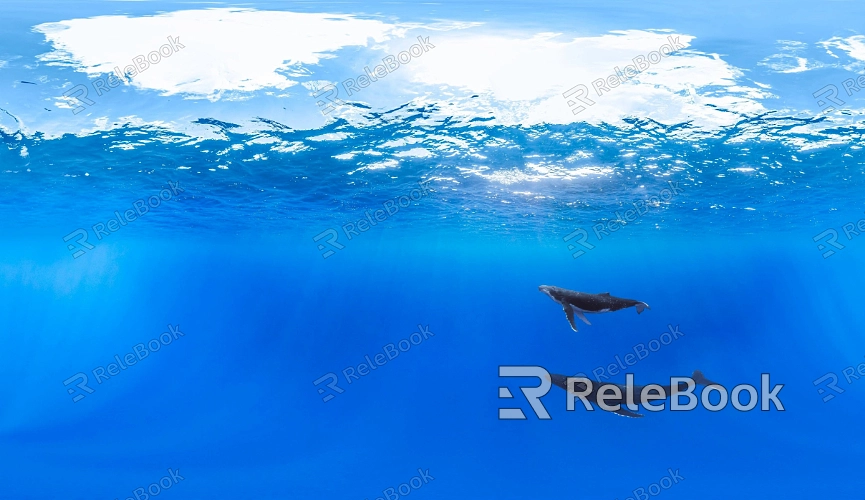What Software Supports Ocean HDR Texture 4K?
In game development, animation production, and virtual reality projects, the use of ocean HDR textures significantly enhances the appearance of water surfaces, adding realism to the work. With the rise of 4K resolution, many software applications have begun to support high-quality ocean HDR textures, providing designers with greater creative flexibility. This article explores the main software that supports ocean HDR textures in 4K and their applications.

Blender
Powerful Features: Blender is an open-source 3D modeling and animation software that supports various HDR texture formats. It allows users to easily apply ocean HDR textures to scenes using a node-based system.
Community Support: Blender has an active community that offers a wealth of resources and tutorials, helping designers make the most of HDR textures.
3ds Max
Professional Software: 3ds Max is a widely used modeling application in game and film production. It supports high-quality HDR textures and provides an easy way to adjust them through the Material Editor.
Robust Rendering Engine: With plugins like V-Ray, 3ds Max can achieve more realistic lighting and reflections, bringing ocean scenes to life.
Maya
Ideal for Animation: Maya is known for its powerful animation and modeling tools, supporting the import and application of HDR textures. Designers can use it to create complex ocean scenes.
Diverse Material Options: Maya offers a wide range of materials and lighting options, allowing for detailed handling of HDR texture nuances.
Cinema 4D
User-Friendly: Cinema 4D is an accessible 3D modeling software well-suited for quickly creating animations and effects. It also supports HDR textures, enabling the easy creation of ocean effects.
Real-Time Rendering: Cinema 4D's real-time rendering capabilities allow designers to see the effects of applied HDR textures instantly, facilitating quick adjustments.

Unity
Game Development Favorite: As a popular game engine, Unity supports multiple texture formats, including HDR. Designers can leverage Unity's powerful features to create dynamic ocean scenes.
Support for VR and AR: Unity’s multi-platform support makes it an excellent choice for developing virtual and augmented reality applications, effectively utilizing ocean HDR textures to enhance realism.
Unreal Engine
High-Quality Rendering: Unreal Engine is renowned for its exceptional rendering quality, supporting the creation of highly realistic ocean scenes using HDR textures.
Blueprint System: With the Blueprint system, designers can easily create complex dynamic effects, enriching the ocean's portrayal.
SketchUp
Quick Modeling: SketchUp is an easy-to-use modeling tool primarily used for architecture and interior design, but it also supports HDR texture application. Designers can add realistic ocean effects to environmental models.
Plugin Extensions: Users can enhance SketchUp's functionality through plugins, including better support for HDR textures.
By utilizing the software mentioned above, designers can flexibly apply ocean HDR textures in 4K, creating captivating visual effects. These tools not only provide powerful features but also help designers achieve greater creative freedom across various projects.
Understanding which software supports ocean HDR textures in 4K aids designers in making informed decisions when selecting the right tools. Whether for animation, gaming, or virtual reality projects, using these applications will significantly enhance the quality and impact of ocean scenes.
If you're in search of high-quality HDR texture resources, Relebook offers a wide selection to help you achieve outstanding visual effects in your projects, supporting your creative journey.

